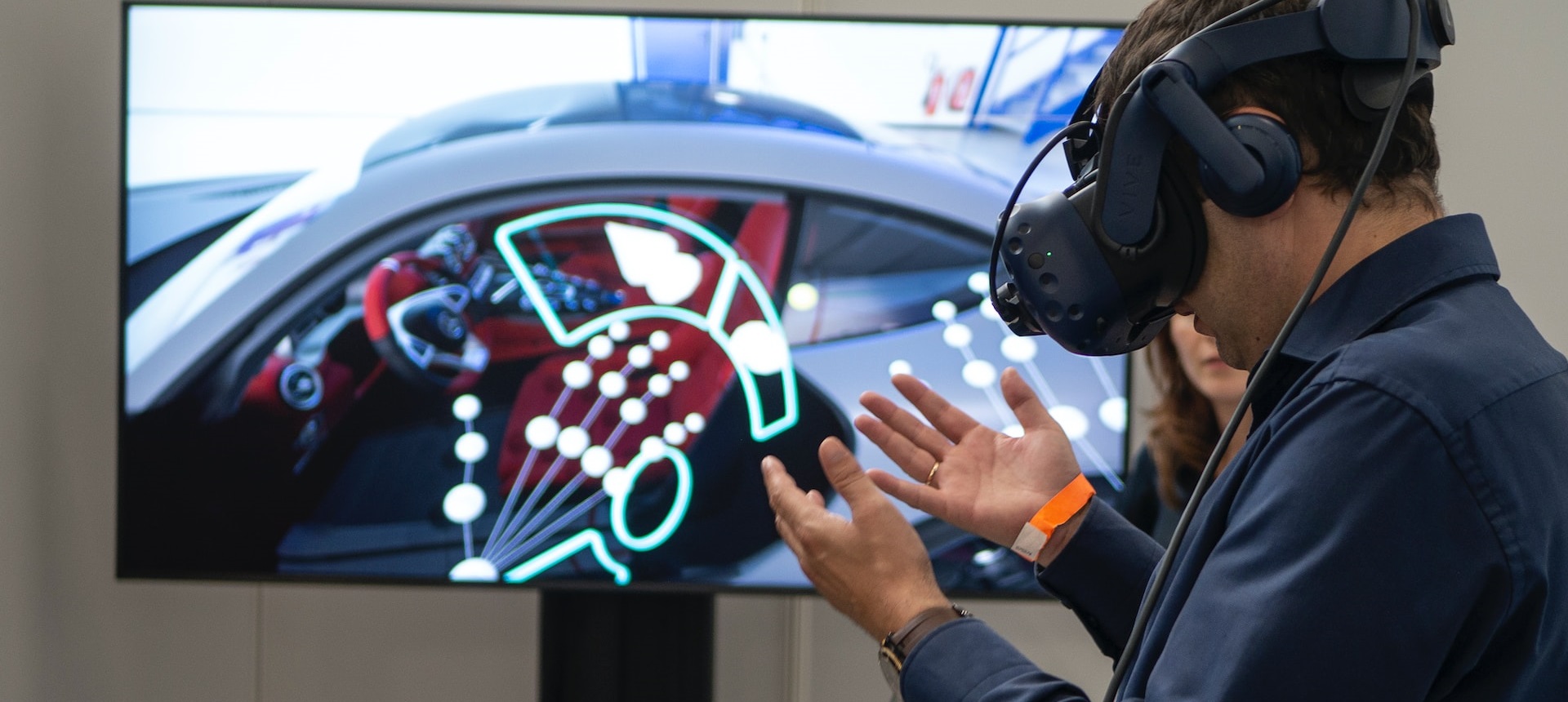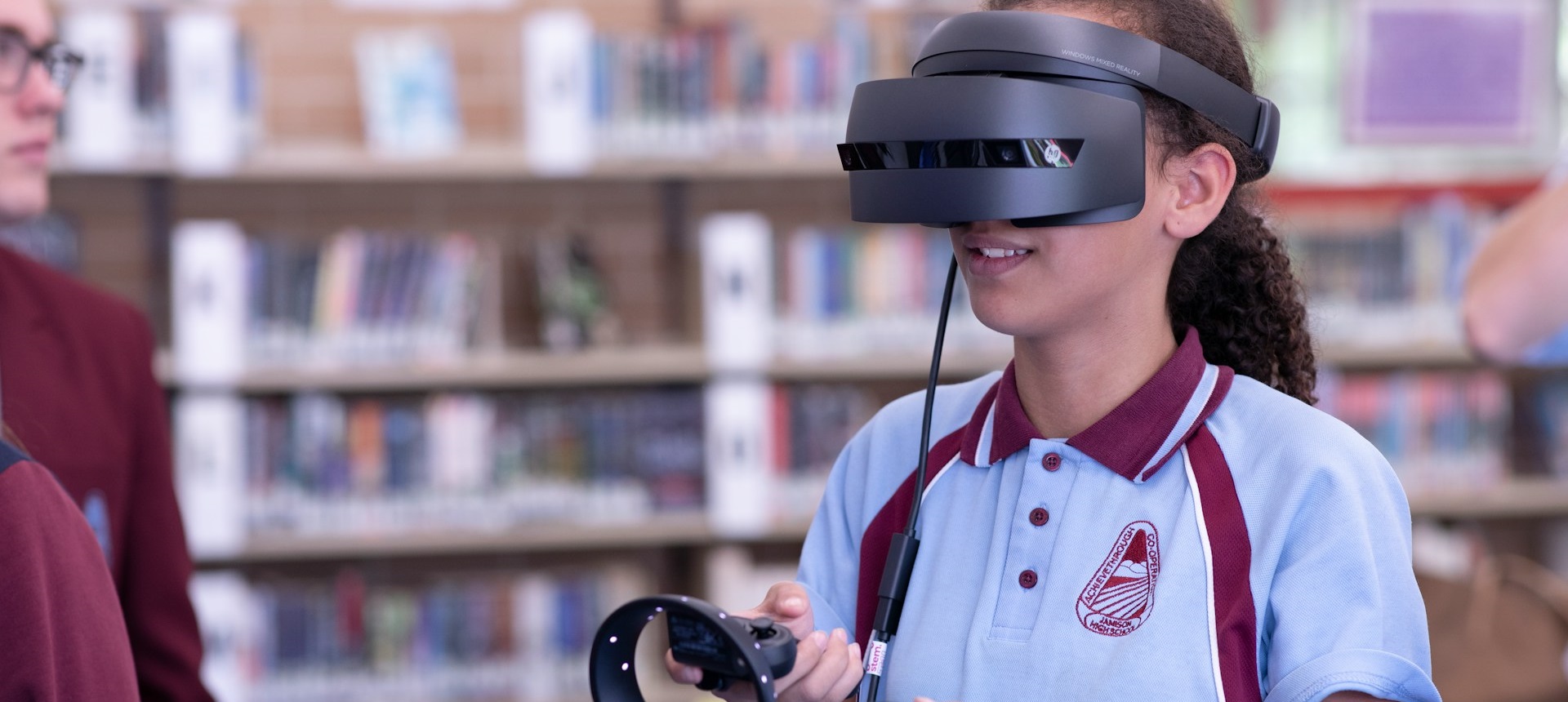1. Metaverse could fuel $1 trillion in commerce by 2025: Accenture
Growing interest in the metaverse among both consumers and businesses could create a $1 trillion commerce opportunity by the end of 2025, according to an Accenture survey of around 9,000 consumers. The features consumers are most looking for: easy-to-use interfaces (70 per cent) and access to a wide variety of applications (68 per cent). “Consumers are starting to see the metaverse as an essential tool which, when integrated into their lives, can streamline how they complete tasks and increase productivity,” says Kevan Yalowitz, Accenture’s software and platforms industry practice lead. “Businesses able to deliver tangible experiences that address consumer needs in key areas of interest will gain early-mover advantage in a rapidly forming metaverse industry.”
2. AR lessons can be more engaging, but novelty is a distraction for now
A study from the University of Kansas found that students found lessons using augmented reality (AR) to be more engaging than those using video. However, the research also found that students using interactive AR learned less that those who watched a video lesson. The researchers believe that might be due to the AR model being more novel, which distracted students from the information being conveyed. That novelty factor is likely to decrease as more people become used to mixed-reality technologies in daily life, they noted.
3. Global shipments of AR/VR headsets to reach 10.1 million units in 2023
IDC has lowered its global forecast for AR/VR headset shipments in 2023, predicting that shipments will reach 10.1 million units. However, that’s still an increase of 14 per cent over the previous year. It expects growth to accelerate to a five-year compound annual growth rate of 32.6 percent from 2023 to 2027. “Consumer VR usage has dominated the AR/VR market, but growing consumer interest in AR is starting to reshape that segment,” says Ramon T. Llamas, research director for IDC’s augmented and virtual reality research team. “Historically, commercial users have led the AR segment with training and field service applications. But with the advent of lighter form factors, brighter displays, crisp sound, and a growing list of titles, early adopters have swung the pendulum in the other direction.”
4. Shockwaves in skin make today’s holographic haptics feel less real
Holographic haptic technology uses focused ultrasound to create virtual 3D objects that people can touch, feel and manipulate without a special interface or physical device. However, researchers at the University of California-Santa Barbara have found an obstacle that currently reduces the tactile effectiveness of such displays, making them feel like a “puff of air”. The problem lies with ultrasound shockwaves in the skin that interfere with the sensations that haptic technology produces. “Additional knowledge and techniques for leveraging ultrasound-elicited wave transport in the skin could enable high-fidelity holographic haptic systems that allow their users to touch, feel, and interact with otherwise intangible remote or virtual worlds,” the authors write.
5. Telecommunications firms not rushing to invest in metaverse yet
Telecommunications companies expect that the metaverse will impact their businesses over the next five to 10 years, but they’re not moving fast to embrace the technology, according to a Forrester Consulting survey commissioned by KPMG. The survey found that 75 per cent of telecommunications leaders today are investing less than 5 per cent of their technology budget on the metaverse, but that half plan to increase spending over the coming decade. Furthermore, most respondents believe it will take at least four years for the metaverse to go mainstream, and many believe it could take 10 years or more.
6. Just 26% of consumers have explored the metaverse yet: PwC
In PwC’s 2023 Global Consumer Insights Pulse Survey, only 26 per cent of respondents said they had used the metaverse for entertainment, virtual experiences or shopping. The top applications were using virtual reality to watch a movie or play games (10 per cent), experience a virtual environment for, for example, shopping or a concert (9 per cent) or purchasing a digital product such as a non-fungible token (9 per cent). Metaverse activities were most popular in India (48 per cent), Vietnam (43 per cent) and Hong Kong (42 per cent).
7. VR technology prepares first responders to respond to mass casualties
Mass casualty incidents are on the rise, and Ohio State University is moving to address the triage training of first responders in a collaboration between the university’s College of Medicine and Advanced Computing Center for the Arts and Design. With customisable situations such as casualty count, injury severity and environmental factors, the platform provides training that would normal require extensive time, funding and space.
8. Metaverse’s full potential still 10+ years away: Study
It will probably be 10 or more years before businesses and consumers can start making the most of the metaverse’s potential, according to a study by McKinsey and NASSCOM, the tech industry’s trade organisation and chamber of commerce in India. Achieving success in the metaverse, the study notes, will depend on clarity around return on investments, technology readiness, talent readiness and ability to address societal concerns. In the first half of 2022, investments and merger/acquisition committments in the metaverse were worth nearly $120 billion.
9. Comms execs planning metaverse projects to increase 4x in 2023
Compared to last year, the number of senior communications executives planning to run a metaverse project this year is expected to quadruple: from 11 percent in 2022 to 45 per cent in 2023, according to a survey by D S Simon Media. The most popular projects are creating a metaverse environment (71 per cent), organising metaverse B2B events (67 per cent), holding metaverse B2C events (43 per cent) and doing live broadcasts in the metaverse (43 per cent).
10. Digital twins a core building block of the industrial metaverse
The industrial metaverse has the potential to “revolutionize the real world in ways that few technologies can,” says a research report from Siemens and the MIT Technology Review. The digital twin is a core building block of the industrial metaverse, it adds, citing a Siemens use case where the company created a digital twin to optimise construction of new factory in China. The factory now reports “productivity up to 20% higher than conventional factories, manufacturing volume flexibility up to 30% higher, and space efficiency up to 40% higher”.









